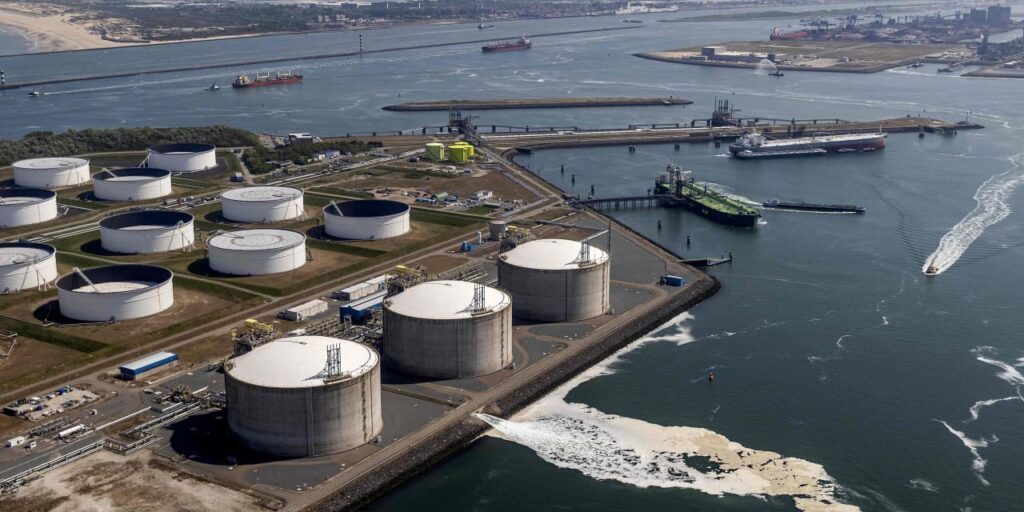Natural-gas futures fell sharply on Monday, with front-month prices registering their biggest daily decline in nearly two weeks, as a reported outage at Freeport LNG was expected to add to domestic supplies and forecasts for milder weather dulled prospects for heating demand.
On Monday, the front-month February natural-gas contract
NGG24,
-9.26%
settled at $2.49 per million British thermal units, down 22 cents, or 8.2%, on the New York Mercantile Exchange. The contract, which expired at the end of the day’s trading session, saw its biggest daily percentage decline since Jan. 16, according to Dow Jones Market Data.
Also see: Oil prices fall despite ‘grave escalation’ of Middle East crisis. Here’s why.
The most-active March contract
NG00,
-5.10%
NGH24,
-5.10%
settled at $2.05 per million Btus, down 12 cents, or 5.6% — the lowest most-active contract finish since April 13 of last year.
Mild short-term temperature outlooks in the U.S. and a production outage at the U.S. Freeport LNG terminal pressured natural-gas prices, said Victoria Dircksen, commodity analyst at Schneider Electric, in a daily report.
Freeport LNG said Friday that one of three liquefaction units at its Texas plant would be out of service for a month following a technical issue during Winter Storm Heather, according to a report from Reuters.
The outage is expected to limit export volumes for at least a month, said Dircksen, noting that January’s winter weather caused an electrical issue that will require maintenance and has cut into 45% to 55% of feedgas utilization at the facility.
The news follows plans by the Biden administration announced Friday to pause liquefied natural gas export approvals, in part to assess the impact of greenhouse gas emissions. The U.S. is the world’s largest exporter of LNG.
Read: What Biden’s decision to pause new U.S. LNG exports means for the energy market
The temporary Freeport outage is “expected to drive looser market conditions while the facility is down, with around 1 [billion cubic feet per day] of supply being kept in the market for domestic use and adding to oversupplied conditions,” Dircksen said.
U.S. natural-gas supplies marked their largest weekly gain in nearly three years, with inventories in storage up by 326 billion cubic feet for the week ended Jan. 19, according to the Energy Information Administration. Supplies are 142 billion cubic feet above the five-year average.
Also see: Why natural-gas prices are falling despite the largest supply drop in 3 years
Read the full article here

